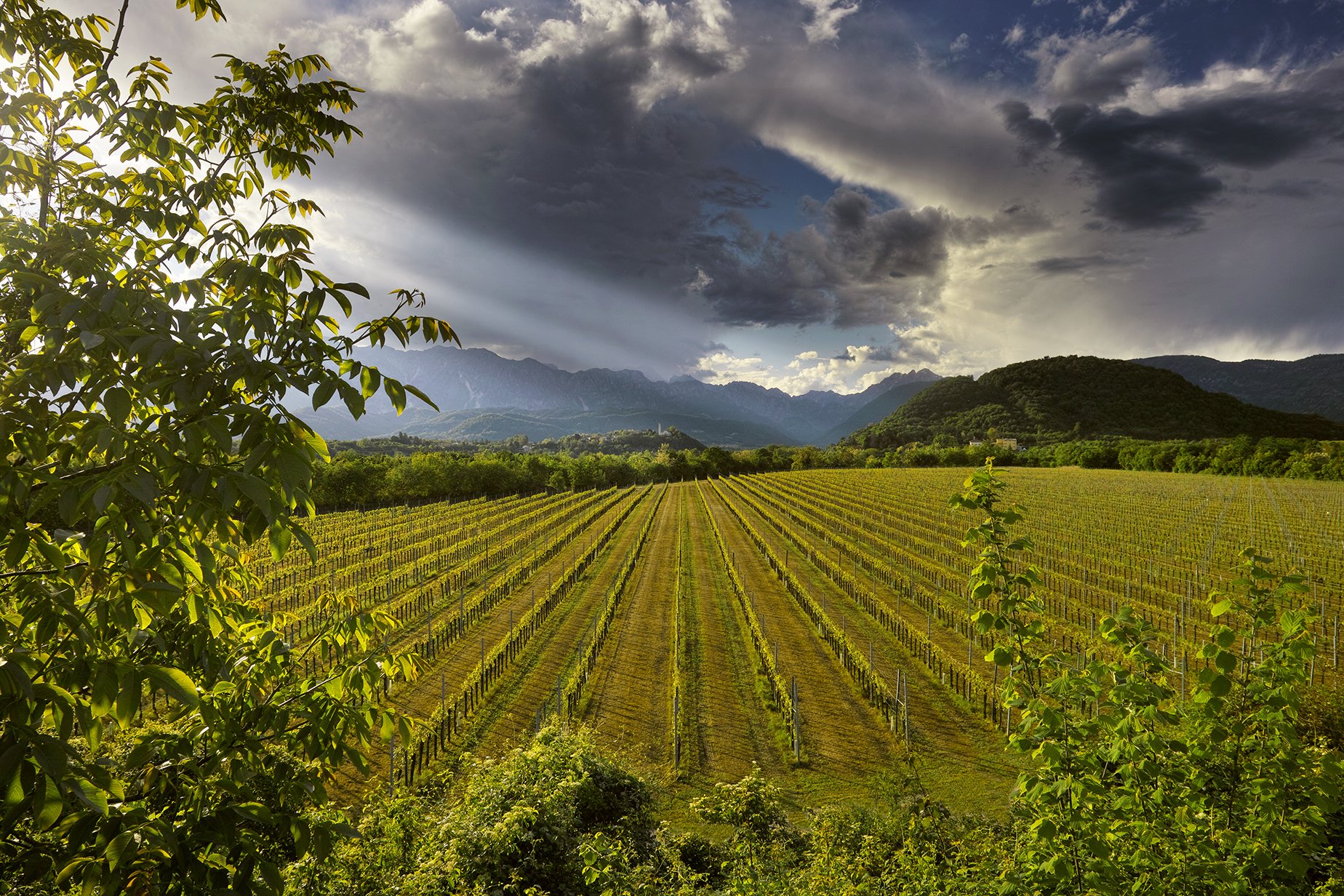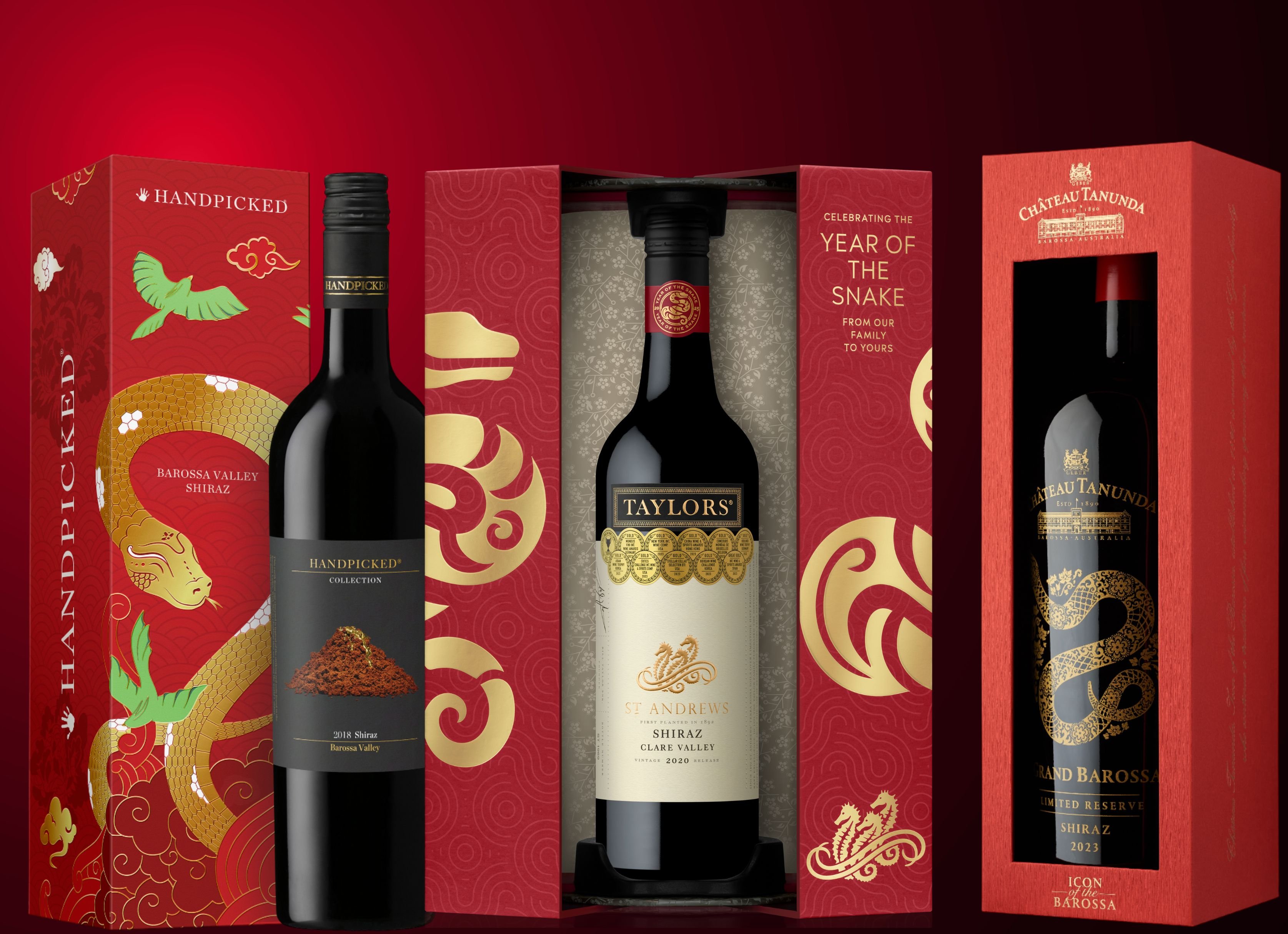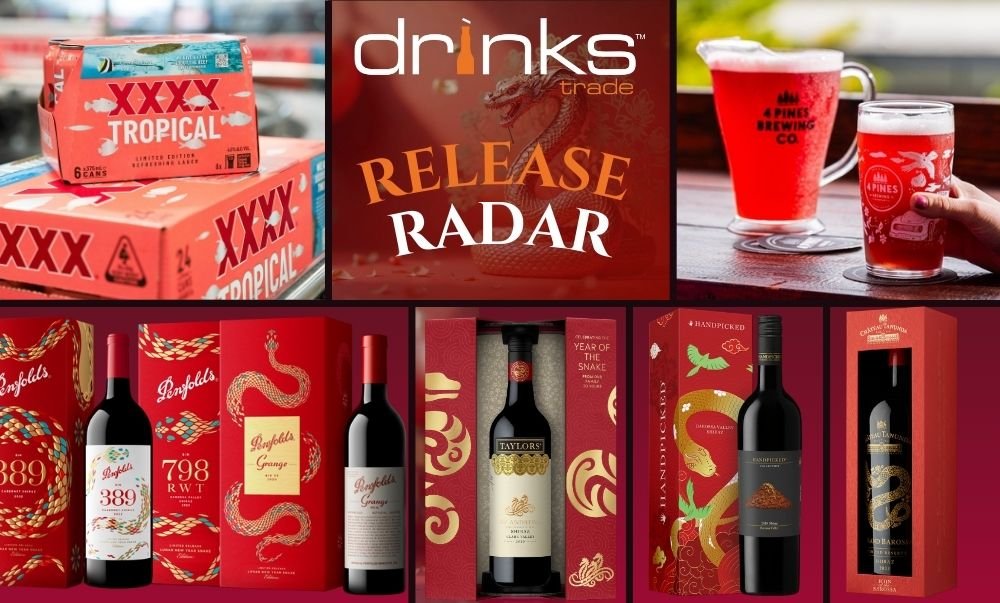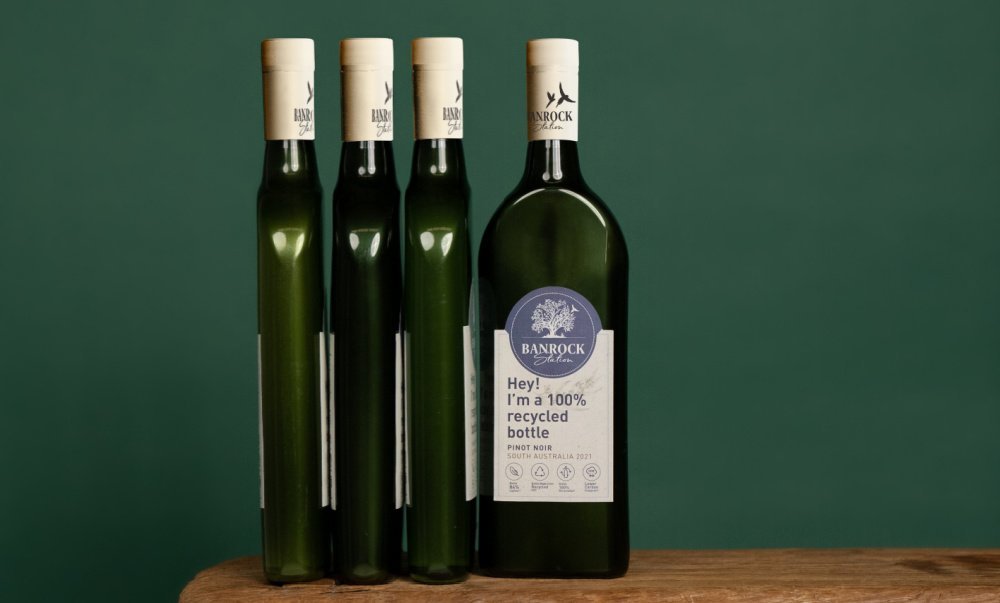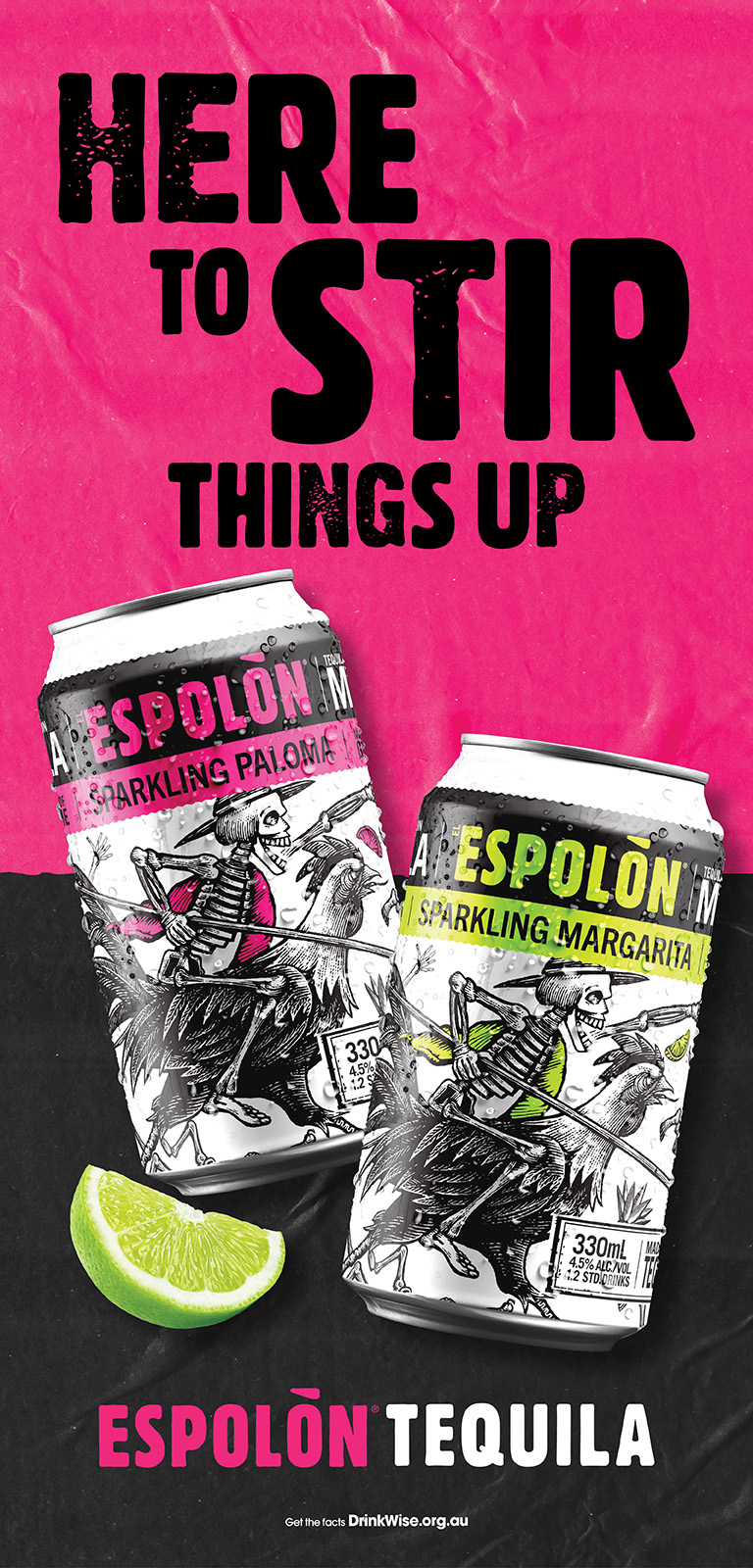Drinks Trade recently reached out to Prosecco DOC Consortium, an institution which was created to promote, protect and enhance the Prosecco Denomination of Controlled Origin (DOC), to ask what it is that has made Prosecco stand out as one of the world wine regions most synonymous with sparkling wine. This is what they had to say:
“Officially one of the most recognised Italian words in the world, when uttered aloud, ‘Prosecco’ is more often than not paired with a smile, a hearty laugh, or with a special moment to share. Born from Glera grapes grown between Veneto and Friuli, the Prosecco story is now very much one that involves the entire world.
While Prosecco markets globally differ on numerous accounts, the synonymity between the name ‘Prosecco’ and celebration is evident and oftentimes akin to a magical formula that immediately changes the perception of what surrounds us. ‘Prosecco’ transforms the present moment into an ode to lightness.
Part of its secret is its versatility. Prosecco is vibrant, fresh and lively in nature. It calls for moments of relaxation just as it calls for moments of active celebration. It offers you subtlety, elegance, and lightness. Lightness of the moment, lightness of its bubbles, and lightness of a precious momentary break between celebration and routine.
Prosecco: A distinctly Italian story
Now it is time to delve into the region’s long and glorious history. Prosecco takes its name from a small town located in the karst upland of Trieste, where vineyards of great value were acquired as early as the 1200s. During this era, Prosecco wine was so highly regarded that it was considered a currency for trade. To this day, these commercial relationships - which have always characterised this corner of Italy - are the precursors of Prosecco's success worldwide.
By the late 1400s, exports to Austria, Germany, and Slovenia began, partly thanks to the dukes of Austria and the emperors of the Holy Roman Empire. The historical importance of the city of Trieste is clearly evident today in the option to bottle as ‘Prosecco DOC Trieste’ still given to wines strictly harvested from the Trieste subregion.
The cultivation and vinification of the Glera grape variety continued to spread to other territories, in part thanks to the commercial exchanges woven by the Republic of Venice. Other important regions to the development of Prosecco include Conegliano, Valdobbiadene, and Asolo in the province of Treviso. Similar to Trieste, Prosecco that uses 100% grapes harvested in Treviso can be bottled as ‘Prosecco DOC Treviso.’
Today, Prosecco is produced in two regions - Veneto and Friuli-Venezia Giulia - and in nine provinces: Treviso, Belluno, Padua, Venice, Vicenza, Gorizia, Pordenone, Trieste, and Udine. Each province boasts its own distinct story, tradition, and style.
Safeguarding the quality and uniqueness of Prosecco are the three quality designations: Prosecco DOC, which oversees the nine provinces of northeastern Italy; Conegliano Valdobbiadene Prosecco DOCG; with 15 municipalities between the two cities; and Asolo Prosecco DOCG, with the 18 municipalities around the ancient borgo of Asolo. This oenological heritage invites us to experience discovery, preservation, and also invention (because after all, Prosecco is first and foremost linked to a particular method.)
Honouring the Method
Until the 1800s, the only method for producing sparkling wines was the bottle refermentation method (the so-called “traditional method"). But Federico Martinotti had an insight that forever changed the world’s ‘bubbles landscape’: to carry out the sparkling process in a large sealed container, similar to an “autoclave”, later patented by Eugène Charmat. It is precisely in this ideal cradle, after a period of at least 30 days, that Prosecco comes to life: this tank method allows the Glera grapes to maintain more of their delicate aromas.
Glera, a native semi-aromatic variety, forms at least 85% of all wine labelled as Prosecco. If desired, winemakers are able to use up to 15% of other indigenous grape varieties such as Verdiso, Bianchetta Trevigiana, Perera, and Glera Lunga, or international varieties such as Chardonnay and Pinot. Glera - the undisputed queen of Veneto and the princess of Friuli Venezia Giulia - is an ancient grape variety, the use of which can be dated back to the time of the Roman Empire. The wine Pucino, often considered the illustrious ancestor of Prosecco and even historically as the ‘elixir of youth,’ was produced with these grapes.
It is the use of the Glera grape variety that is the true secret behind the freshness and lightness of Prosecco. It guides the palate through floral notes of wisteria and jasmine, and fruity hints of pear, green apple, and citrus.
A Toast to the Future
Wine is an ancient and charming beverage which has given rise to a wide range of myths in various cultures around the world. In Greek mythology, Dionysus is the god of wine and fertility. Legend has it that he taught humans the art of winemaking, bestowing upon them the precious nectar that brings joy and merriment. In the Bible, it is told that, after the universal flood, Noah planted a vineyard, which thus became a symbol of rebirth and new life.
In some regions of Italy, it is even said that fairies dance among the vineyards at night, imparting a magical touch to the grapes. The fact that wine has a bit of magic to it is something that few would deny; and the lush landscapes and vineyards of Veneto and Friuli will continue to reward us with this unique sparkling wine. Prosecco, with its millennia-old history and its constant evolution, is a shared heritage that deserves to be cherished and celebrated the world over today.”

Share the content
